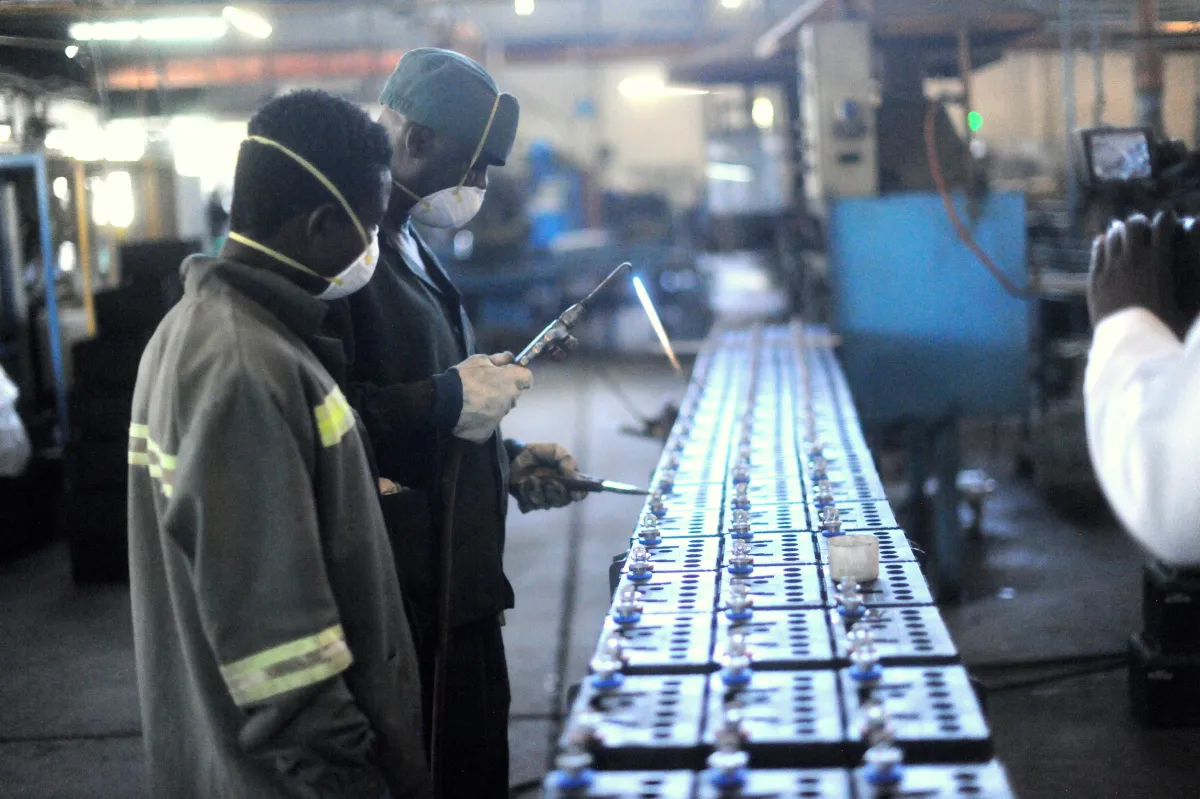- There are generally two approaches to production:
- Capital intensive and
- Labour intensive production
Capital Intensive Production
- Capital-intensive production refers to the production process that requires high levels of investment in machinery, technology, and equipment.
Features of capital intensive produciton:
- High use of capital to finance the production process
- The majority of work is done using machinery and technology
- Low use of labour
- Large-scale production
- High level of automation
Ideal situations for capital intensive production:
- Production processes that are highly repetitive
- Production processes that require consistent quality
- Production processes that involve a high level of precision
- Products with high demand that justify the investment in capital equipment
Advantages of capital intensive production:
- High level of efficiency due to automation
- High level of productivity
- Consistent quality of products
- Cost-effective in the long run
Disadvantages of capital intensive production:
- High initial capital investment
- High operating costs due to maintenance and repairs
- Limited flexibility in the production process
- Difficulty in adapting to changing customer demands
Example:
- Automobile manufacturing plants are capital-intensive because they require large investments in machinery, technology, and equipment.
Labour Intensive Production:
- Labour-intensive production refers to the production process that requires a high level of labour input and a low level of capital investment.
Features of Labour intensive Production:
- High use of labour to perform tasks
- Minimal use of machinery and technology
- Low production volume
- Small-scale production
- Low level of automation
Ideal situations for labour intensive production:
- Production processes that are not highly repetitive
- Production processes that require customization
- Products with low demand that don’t justify high capital investments
- Production processes that involve a high level of skill or craftsmanship
Advantages of labour intensive production:
- Flexibility in the production process
- Low initial capital investment
- Lower operating costs due to minimal use of technology
- Greater customization options
Disadvantages of labour intensive production:
- Low level of efficiency due to manual labour
- Limited scalability due to reliance on labour
- Difficulty in achieving consistent quality
- Higher labour costs
Example:
- Handmade jewellery is a labour-intensive production process that requires a high level of skill and craftsmanship, and minimal use of machinery and technology




